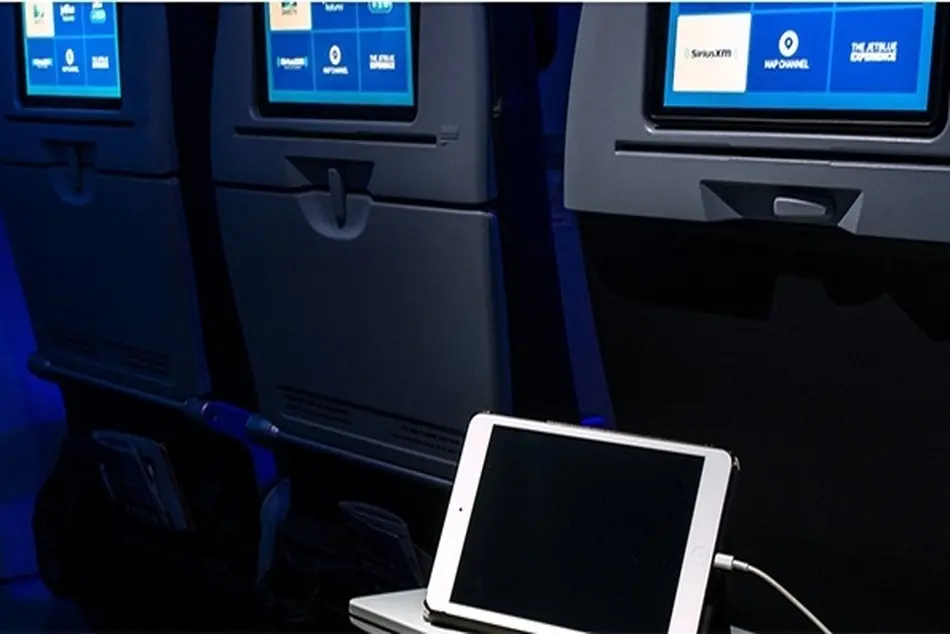Passengers demanding on-ground Wi-Fi experience in the air

Whether airlines can re-create the on-ground Wi-Fi connectivity experience for passengers is debatable, but whether passengers want and expect that level of connectivity is not, according to a panel of players in the infight connectivity field.
When passengers board a commercial aircraft that is Wi-Fi enabled, they expect to be able to stream videos and do everything they can do on laptops and personal electronic devices on the ground—and will complain when they cannot, sometimes to a global audience via social media, United Airlines IT director Jon Merritt said.
“When we say we’re never going to be what we are on the ground, I get that. I get it, but I still don’t agree with it. I want what I want and I think that’s the consumer perspective,” Merritt said during a panel discussion at the Global Connected Aircraft Summit in Arlington, Virginia. “Domestically here in the US, [reliable onboard Wi-Fi] is an expectation. It’s not a luxury anymore. People fly aircraft based on how reliable the connectivity is … No longer do everyday passengers expect to have a quiet, unplugged two-hour trip. They want to be connected. They want to be on email.”
Airbus VP-connected fleet Mark Rich added, “Today, you still don’t enjoy the same terrestrial experience in the air. Customers really want that. How do we replicate these services? I think that’s the big push in the next few years.”
Panasonic Avionics senior director-corporate sales and marketing Jon Norris cautioned that it is an “unrealistic goal” to duplicate the on-ground Wi-Fi experience inflight. “It’s always going to better on the ground,” he said.
But ViaSat senior director-business development for commercial mobile systems Meherwan Polad said airlines and inflight connectivity providers do not have a choice and must aim to replicate the on-ground connectivity experience. “We have a network that’s been built to compete with terrestrial service on the ground,” he explained. “That same network we can bring into the air … That’s what JetBlue [Airways] is doing [with its free, gate-to-gate high-speed internet service introduced on aircraft this year]. The profile of what people are doing online on the aircraft is exactly the same as people on the ground. You see 45% of them video-streaming on the ground and in the air. People aren’t just going to accept” inflight Wi-Fi service disruptions.
He added that passengers are also unlikely to be willing to pay much longer for inflight connectivity and instead will expect it to be available for no additional fees. Passengers are “not going to be willing to pay for it,” he said. “The days of on an airline charging $30 for connectivity when the passenger already paid hundreds for a ticket is just not sustainable. JetBlue’s service is free and full to everybody and lots of airlines are talking about doing that.”
The panelists agreed that inflight Wi-Fi will become nearly universal globally within the next 5-10 years, and the original Wi-Fi connectivity technology installed on aircraft will not cut it. “The first generation of inflight internet is being taken off of airplanes,” Gogo regional president-North America David Bijur said. “It’s far too slow.”
United’s Merritt added, “We’ve got to be able to move quickly to next-generation technology.”
